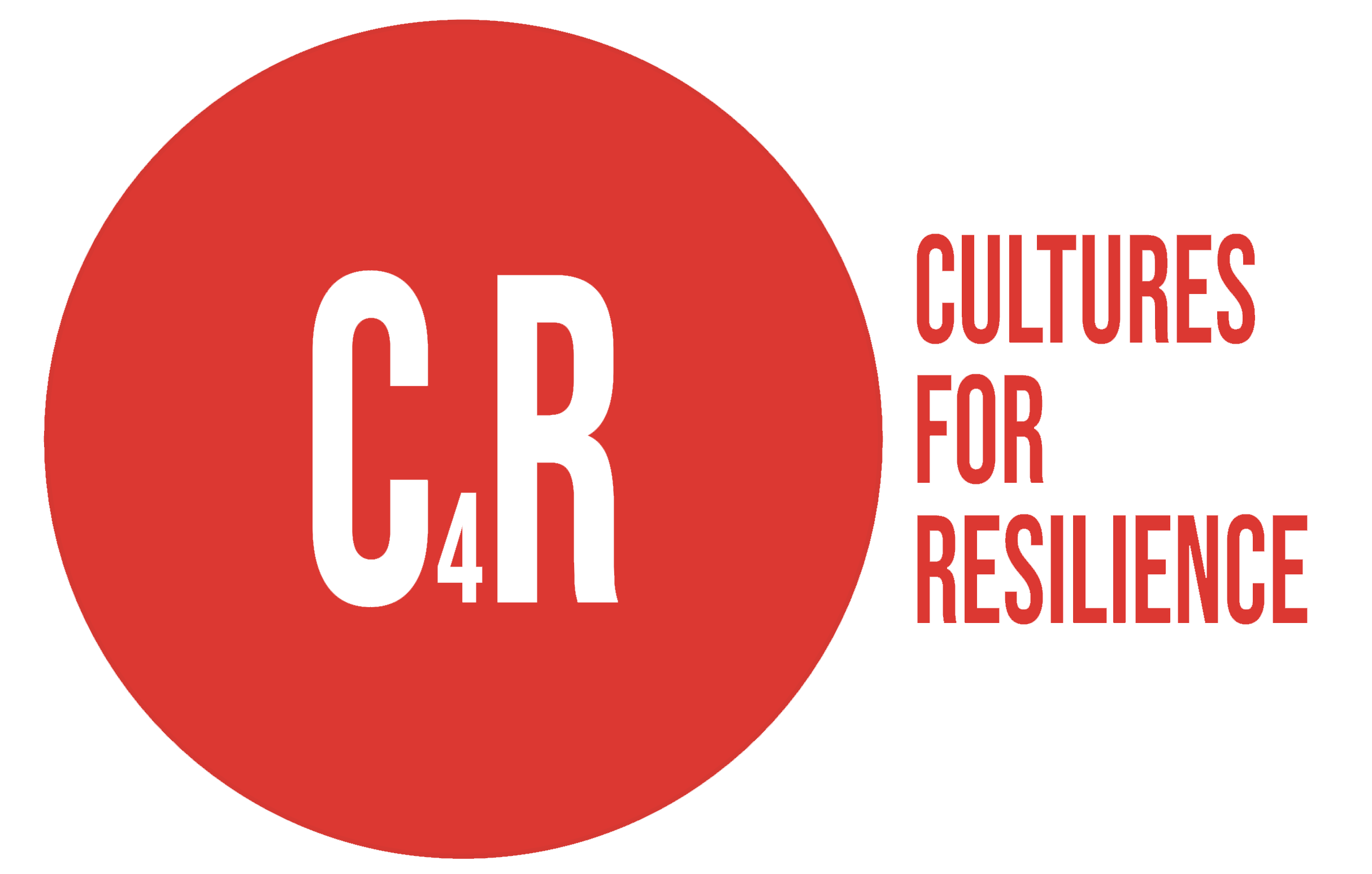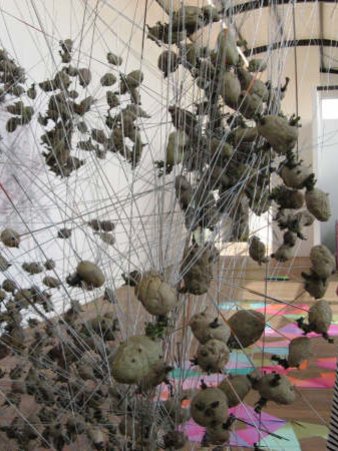The Rotterdam-based artist Jeanne Van Heeswijk's work engages with the setting up of 'collaborative production' between people involved in processes of urban development. Through methods that focus on 'acting together' she attempts to establish opportunities for people to form and establish interest groups, small communities in themselves, in order to effectively discuss and trigger change on a neighbourhood level. Van Heeswijk describes her position as that of a mediator between situations, places and people – facilitating various kinds of open actions and interactions. Yet, this role is not simply about the integration of many voices, but about questioning and confronting all involved, from children to city officials, from policy makers to planners and from 'insiders' to 'outsiders', in order to 'generate models that do justice to, for instance, the complexity of the integration issue.'
Het Blauwe Huis (The Blue House), a project which started in 2005 and was situated in a real house within one of the to be developed housing blocks, was an attempt to provide a space for the messy, lived and indeterminate activities in an otherwise entirely planned and controlled development plan for the IJburg area in Amsterdam, an area which today provides 18,000 dwellings for 45,000 residents. Over a four-and-a-half-year period, van Heeswijk curated the detached single-family house to become a space for international artists, writers, and architects from which to engage with the growing population of IJburg and the wider public. At the same time, the house temporarily provided turban functions not yet provided for in the new neighbourhood: a children's library, a cheap restaurant, a flower shop. Over the duration of the project and through the involvement of thousands of participants, the house became an incubator, a condenser, from which the use and appropriation of the urban realm and public space could be studied and intervened from.
Another focus of Van Heeswijk's work are young people and adolescents. Commonly overlooked in planning processes, she is interested in finding mechanisms through which to empower this group to voice their opinions and to critically engage and participate. The project 'Face Your World' was initially a collaboration with the Wexner Center for the Arts in Ohio, USA, in 2002 and engaged local children aged 6 to 12 to use computers and especially developed programmes to rethink, rearrange and reconfigure their neighbourhoods. The project was re-enacted in 2005 in the Slotervaart area of Amsterdam and again in Rotterdam in 2006, when 2,500 children participated in workshops and actions to design their own museum park for the area between the OMA designed Kunsthal and Museum Boijmans.
In 2010, Van Heeswijk was invited by the Liverpool Biennial to contribute to the project 2Up 2Down and subsequently also brought the Manchester-based cooperative practice Urbed on board. Here, the artist and architects are working together with a group of young people from Liverpool's Anfield / Breckfield with the aim to develop a series of empty 2up-2down properties into 'affordable retrofit of a community facility and local housing'.
Van Heeswijk's approach foregrounds the social aspects of engagement and the design of processes that are interested in the building up of skills – from communication to construction. Aware that empowerment is strongly connected to knowledge of, for example processes, systems and mechanisms and the ability to express this knowledge, her work strategically connects different actors to enable social change.
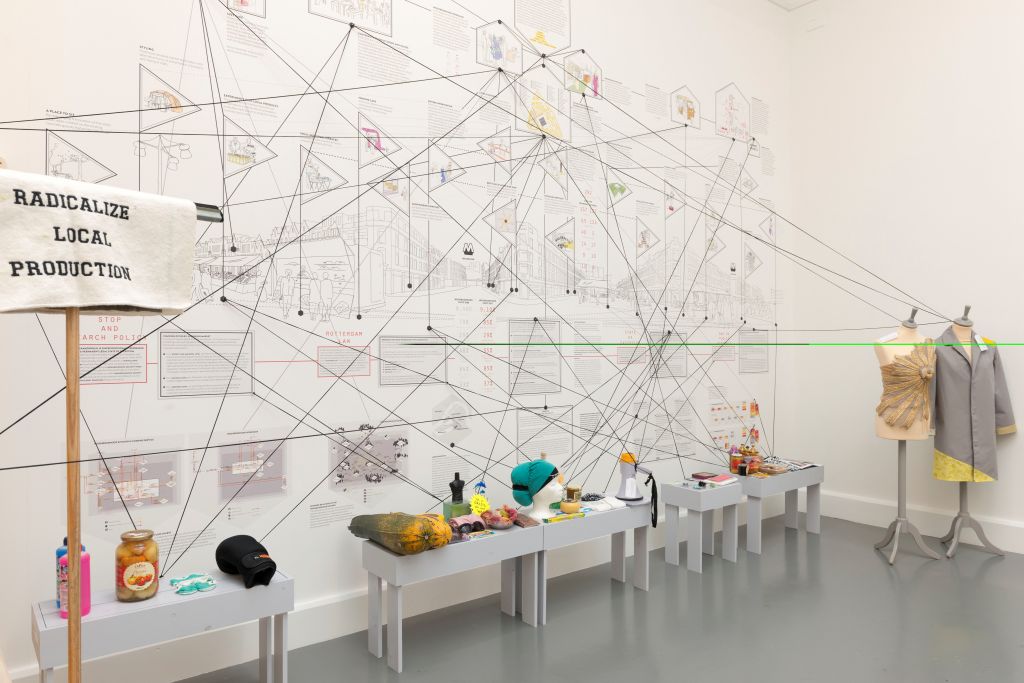 Radicalizing the Local, a network of interventions, Museum of Arte Útil - Van Abbemuseum
Radicalizing the Local, a network of interventions, Museum of Arte Útil - Van Abbemuseum
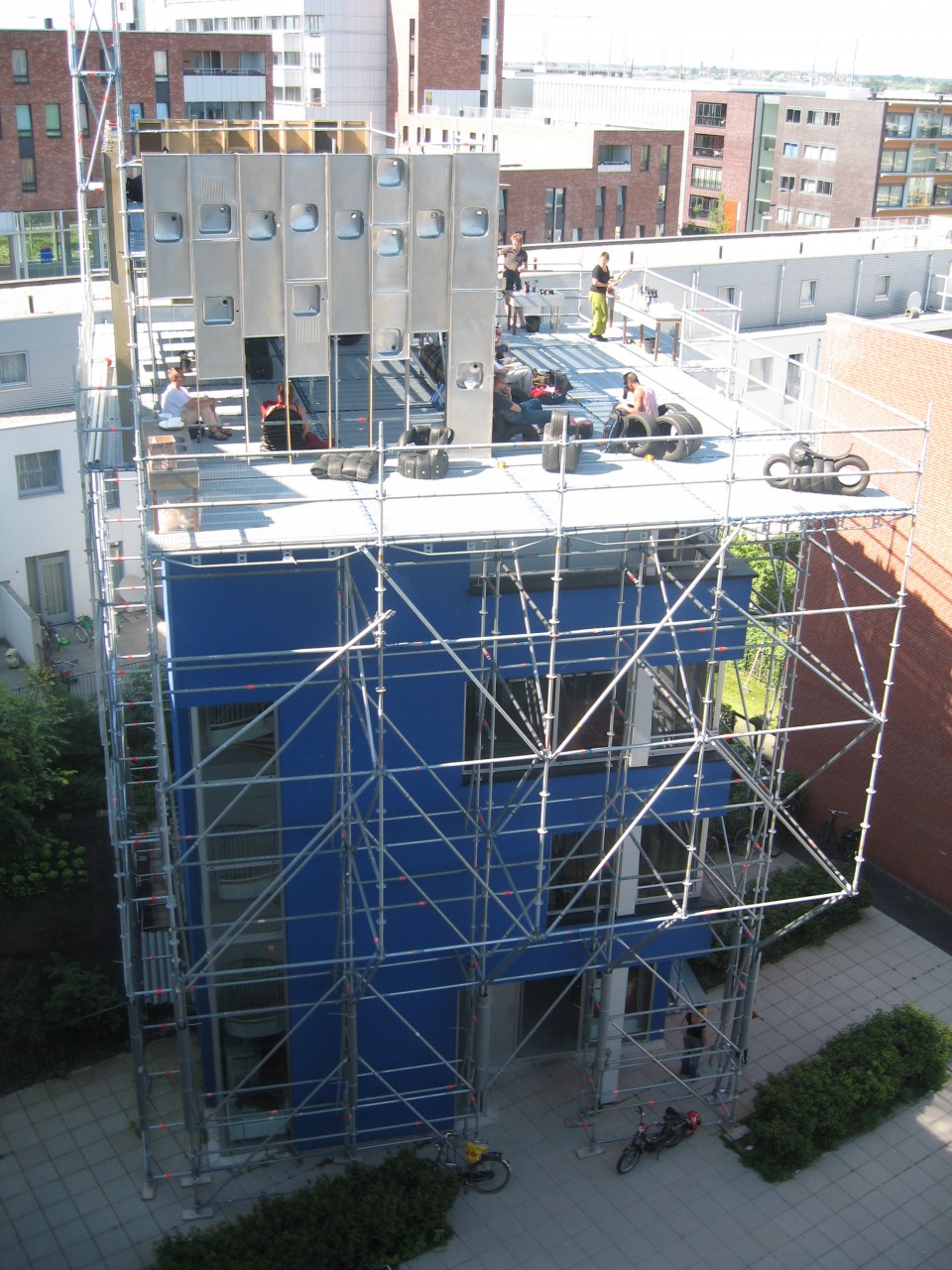 The Blue House (Amsterdam IJburg, 2005-2009) Jeanne van Heeswijk icw Herve Paraponaris and Dennis Kaspori Pump up The Blue (by Herve Paraponaris, with Recycloop by 2012 architecten) Photo: Ramon Mosterd
The Blue House (Amsterdam IJburg, 2005-2009) Jeanne van Heeswijk icw Herve Paraponaris and Dennis Kaspori Pump up The Blue (by Herve Paraponaris, with Recycloop by 2012 architecten) Photo: Ramon Mosterd
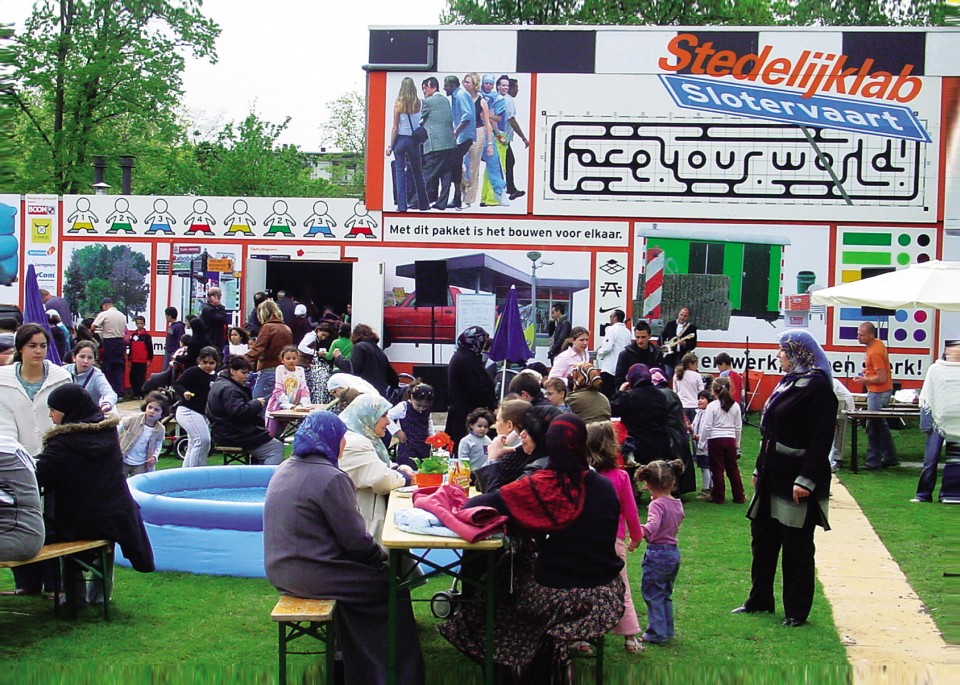 Face Your World, Urban Lab Slotervaart (Amsterdam Slotervaart, 2005) Jeanne van Heeswijk & Dennis Kaspori Neighbourhood presentation Photo: Dennis Kaspori
Source texte
Source Main image Image jeanneworks.net
Face Your World, Urban Lab Slotervaart (Amsterdam Slotervaart, 2005) Jeanne van Heeswijk & Dennis Kaspori Neighbourhood presentation Photo: Dennis Kaspori
Source texte
Source Main image Image jeanneworks.net
